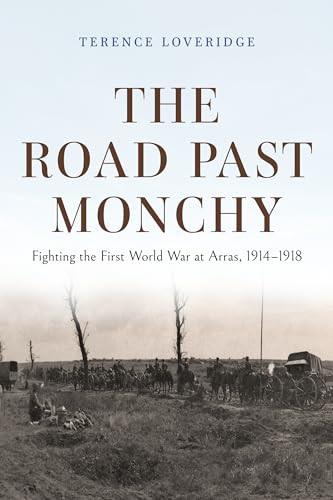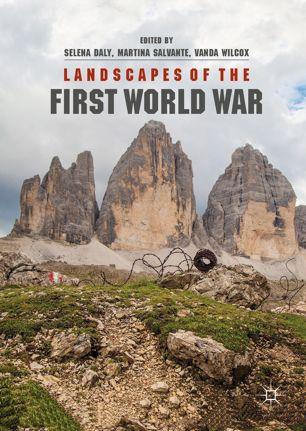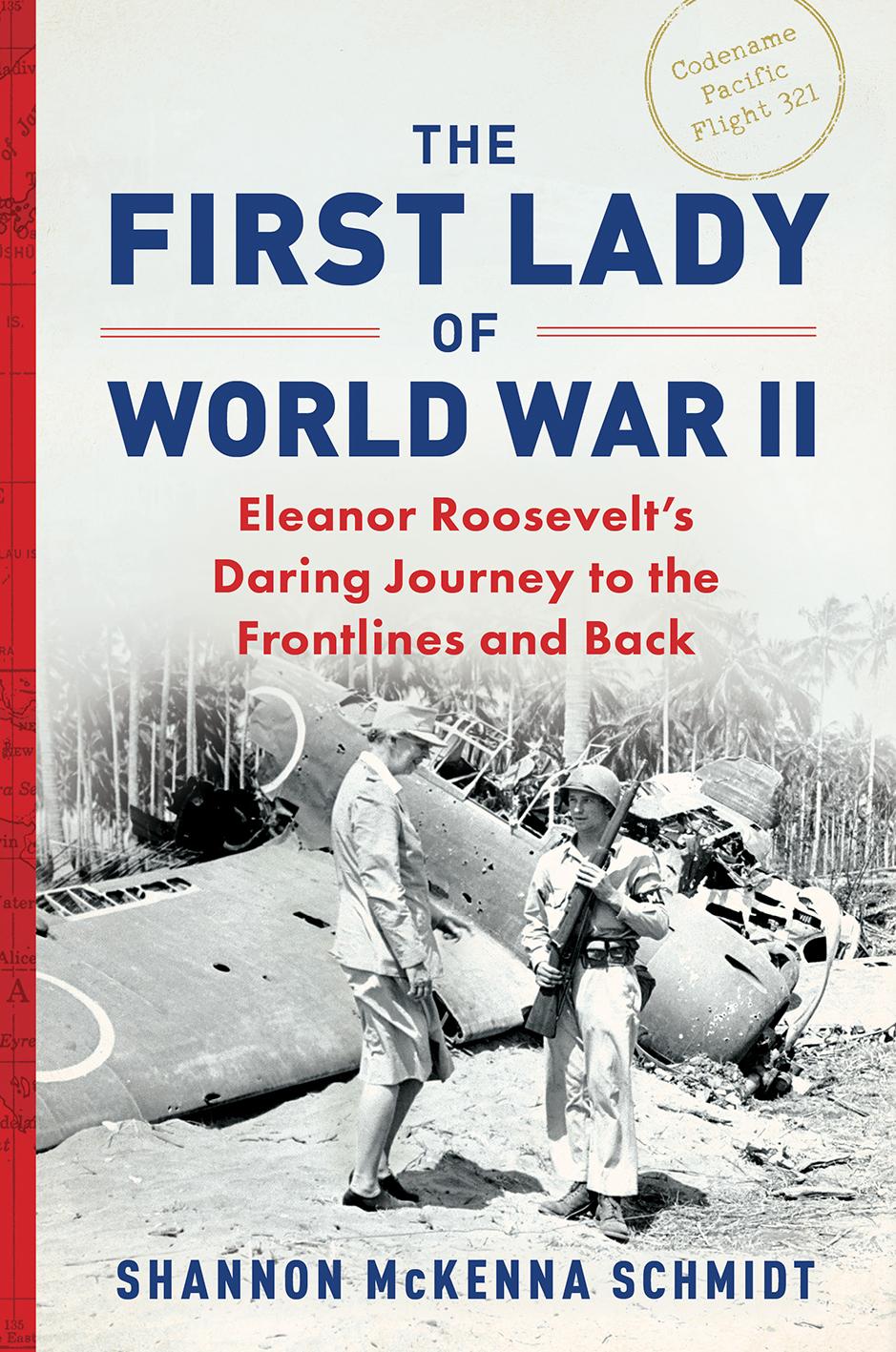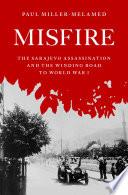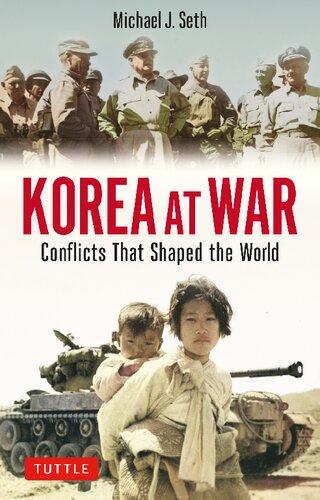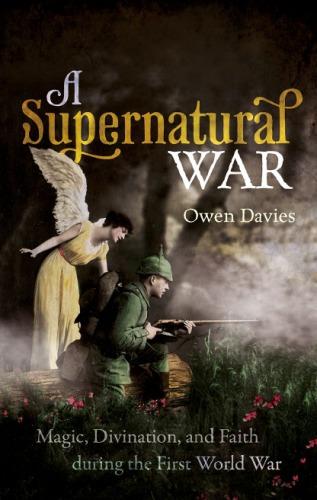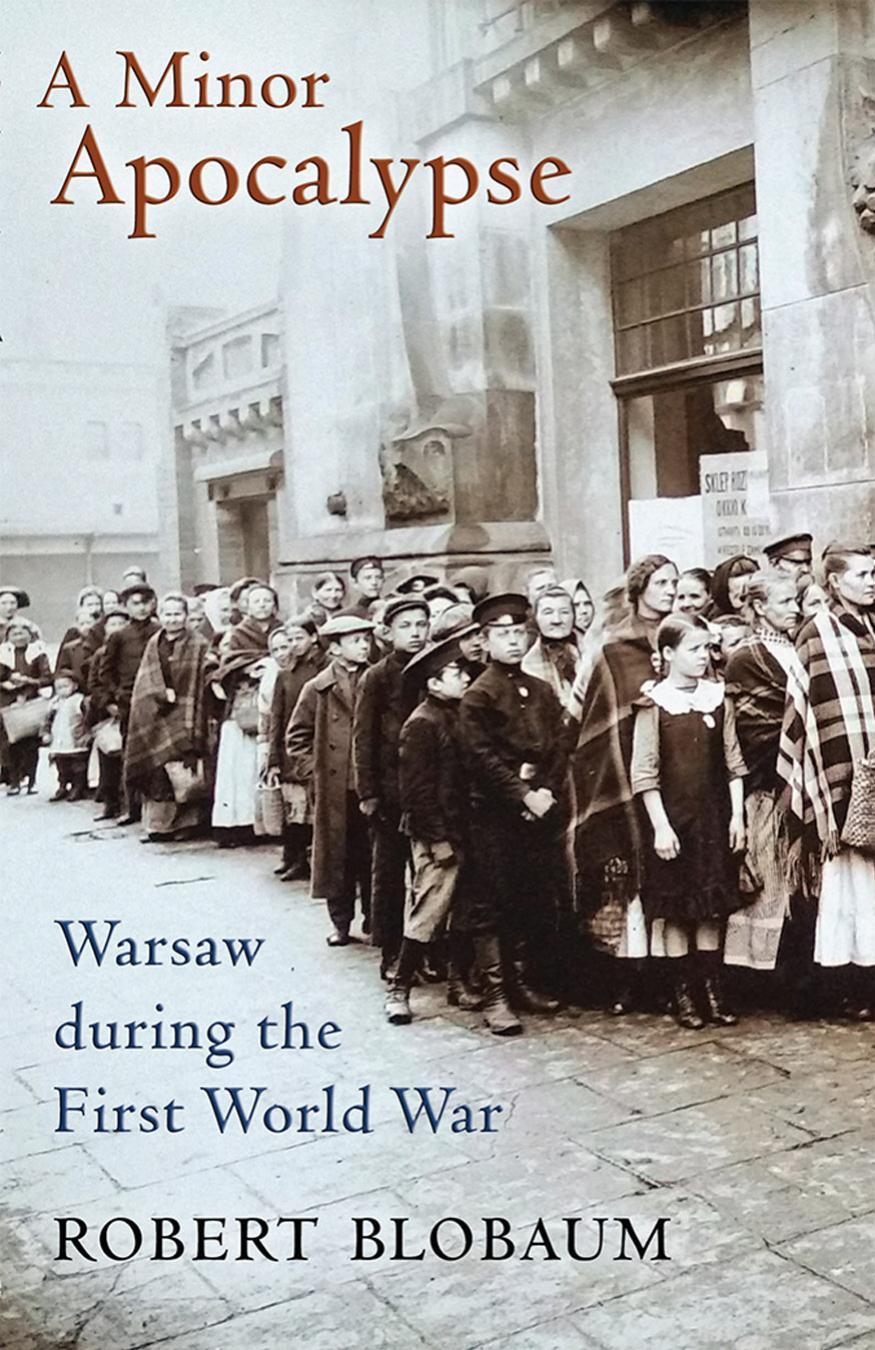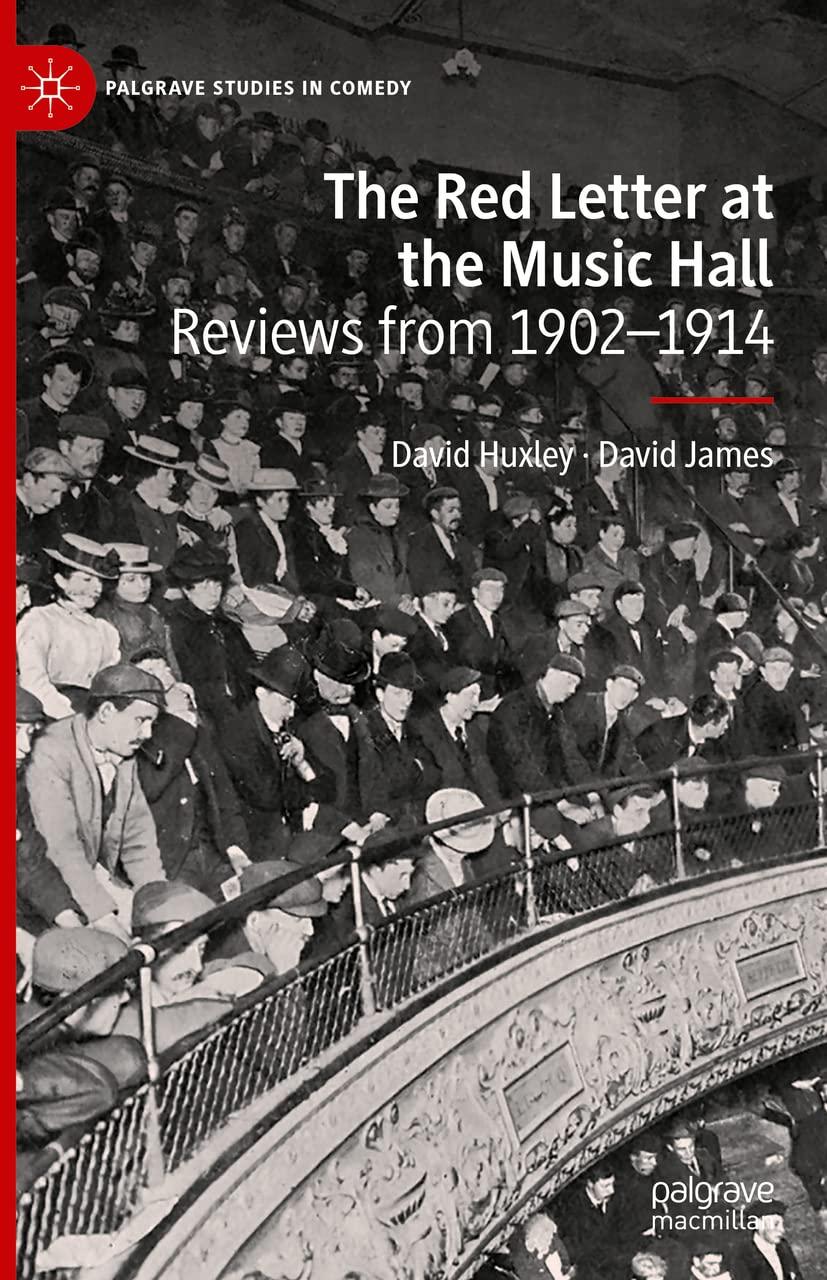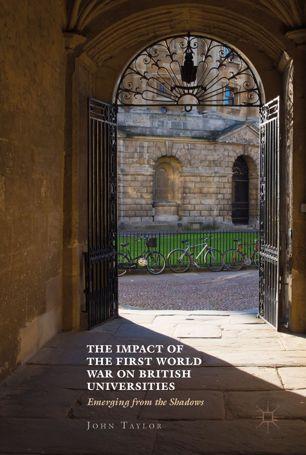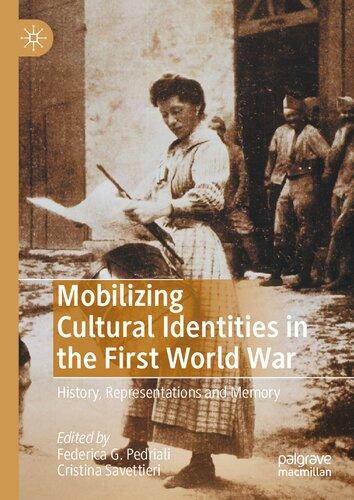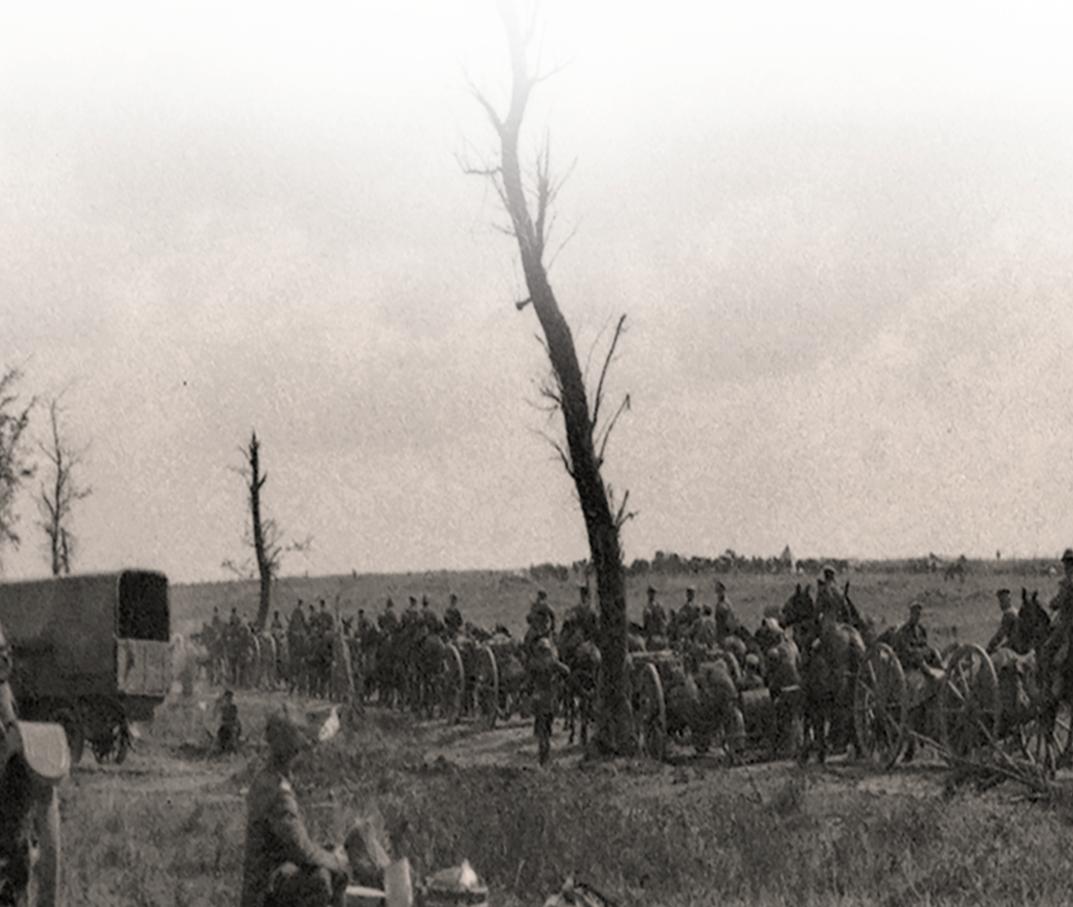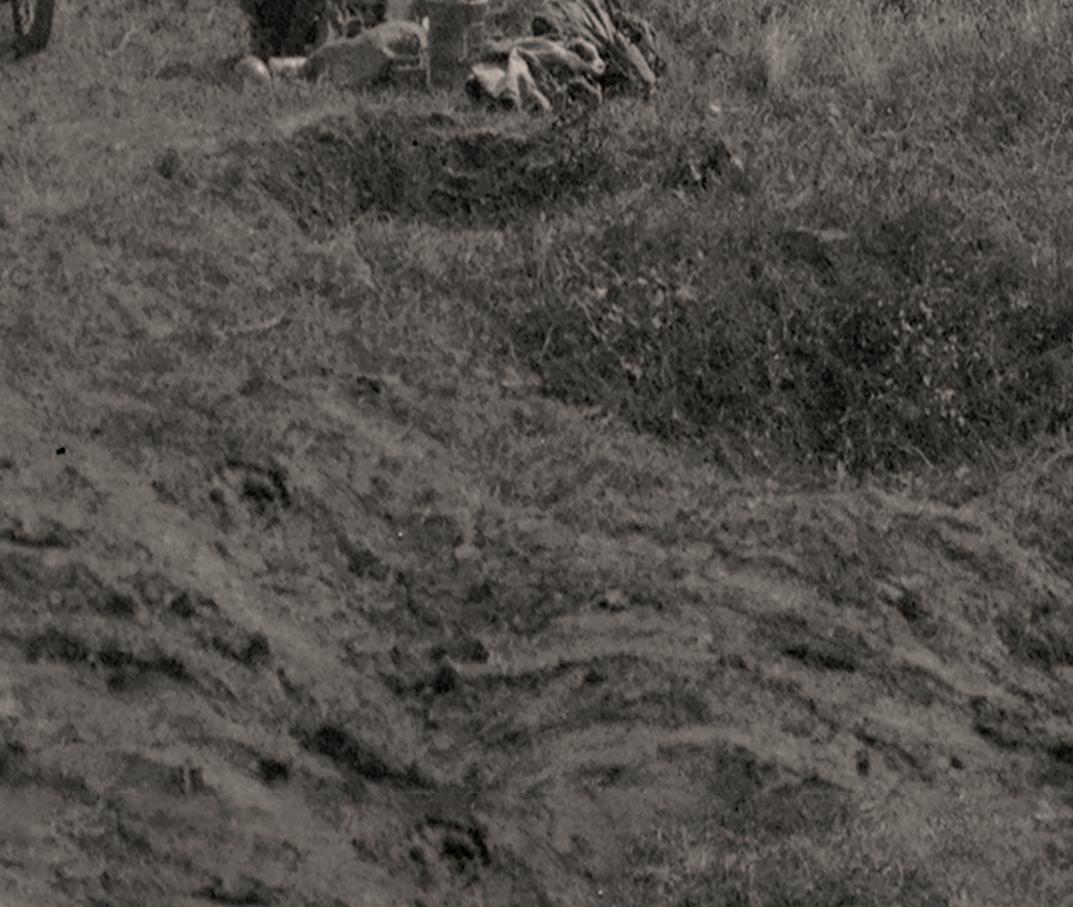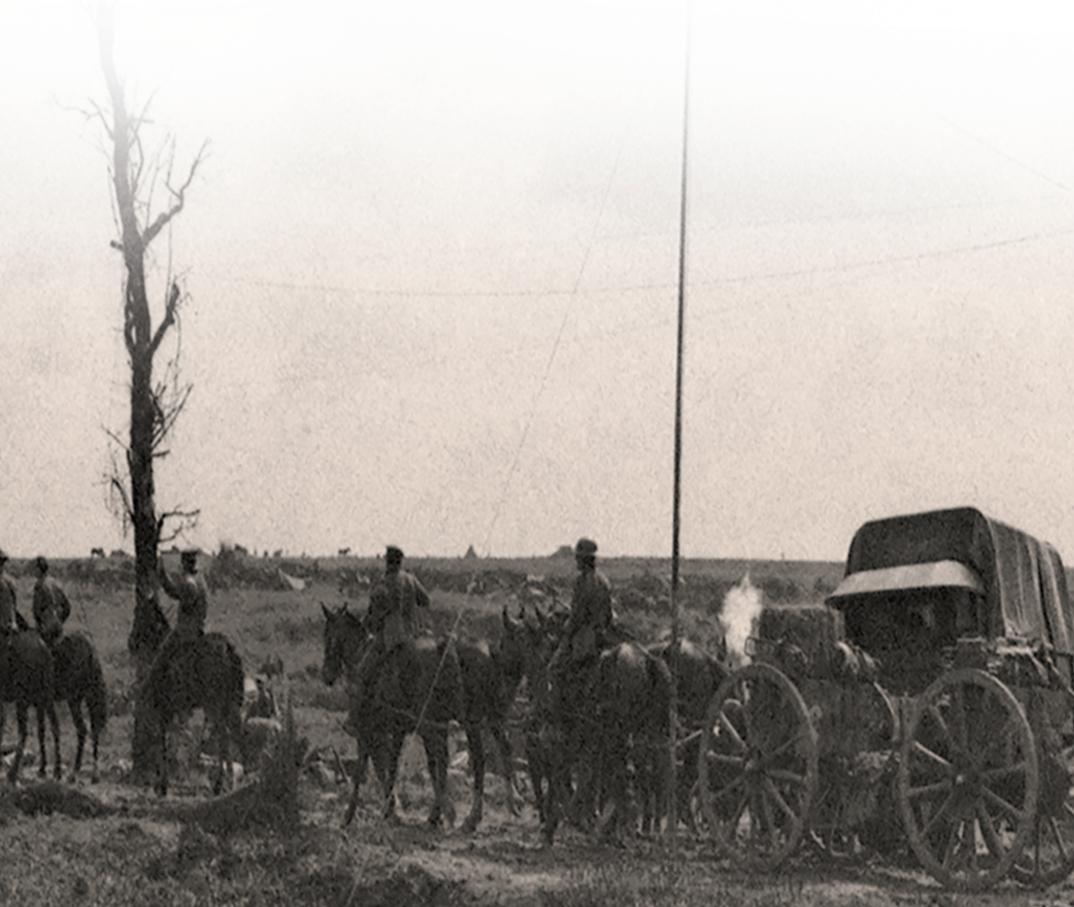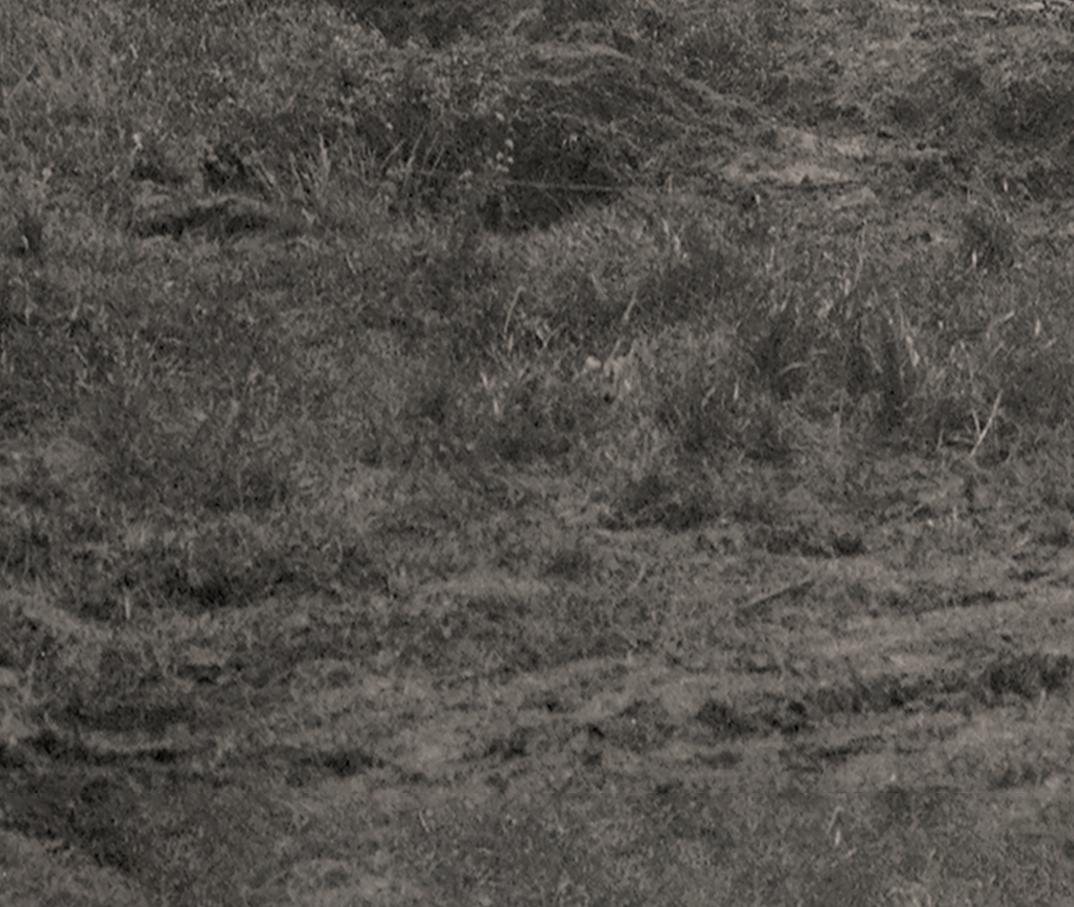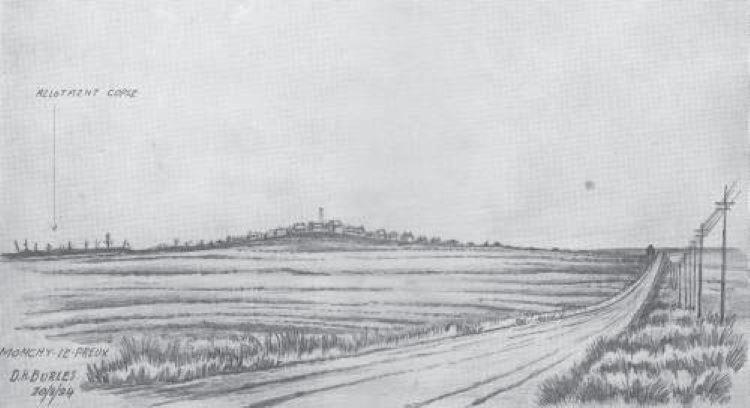THE ROAD PAST MONCHY
Fighting the First World War at Arras, 1914–1918
This book is a publication of
Indiana University Press
Office of Scholarly Publishing
Herman B Wells Library 350 1320 East 10th Street
Bloomington, Indiana 47405 USA
iupress.org
© 2024 by Terence Loveridge
All rights reserved
No part of this book may be reproduced or utilized in any form or by any means, electronic or mechanical, including photocopying and recording, or by any information storage and retrieval system, without permission in writing from the publisher. The paper used in this publication meets the minimum requirements of the American National Standard for Information Sciences— Permanence of Paper for Printed Library Materials, ANSI Z39.48–1992.
Manufactured in the United States of America
First printing 2024
Cataloging information is available from the Library of Congress.
ISBN 978-0-253-06860-6 (hardback)
ISBN 978-0-253-06862-0 (ebook)
For Signalman Tom Loveridge and Sergeant Gerry Dean.
Whenever I dream again of the War, of those crowded days which, while they lasted, seemed to comprise all one’s life—past, present and to come—the first picture in my mind is always of the Roads . . .
Chaplain Rob Steuart,
12th Highland Light Infantry
CONTENTS
Preface xi
Acknowledgments xvii
Author’s Note xix
Dramatis Personae xxi
Maps xxvii
Act I Maneuver
1. Demolish All Creation, 1914 3
2. Handfuls of Straw, 1915 27 Act II Wearing-Out Battle
3. The Amateurs, January–July 1916 49
4. Recalibration, October–December 1916 59
5. The Right Way, January–February 1917 79
6. Preparing the Men, March 1917 102
7. Preparing the Field, April 1–7, 1917 125
8. Easter 1917 147
9. Damned Hard Luck, April 10–11, 1917 166
10. A Strange and Tragic Drama, April 11–12, 1917 177
11. Topsail, April 13–14, 1917 198
12. Worse Exists, April 16–December 31, 1917 220
Contents
Act III . Climax
13. Grognards, March 21–July 18, 1918 235
14. War Become Eternal, August 21–25, 1918 252
15. Something Great and Terrible, August 26, 1918 271
16. What Can Be Accomplished, August 27–28, 1918 290
17. After 308
Appendix: Brief on Military Structures 327 Notes 341
Bibliography 363 Index 381
PREFACE
The thousands went into battle not ignobly, not as driven sheep or hired murderers—in many moods, doubtless—but as free men with a corporate if vague feeling of brotherhood because of a tradition they shared and an honest belief that they were doing their duty in a necessary task. He who says otherwise, lies, or has forgotten .
Lieutenant Philip Child, God’s Sparrows
A century after the First World War —the Great War—poet Michael Winter concluded that the annihilation of the Newfoundland Regiment on July 1, 1916, the first day of the Battle of the Somme, happened because “the general who would have thought differently had not yet been born.” He was wrong. The general who thought differently not only had been born but was also present that day and was already thinking differently. Importantly, every leader, planner, supplier, communicator, and medic between the general and the private was thinking differently by the end of that day. Winter’s view is informed not by what happened but by how his society has chosen to remember what happened.1
The Great War overwhelmed its contemporaries’ understanding. It destroyed empires, birthed nations, and initiated a century of ideological and cultural wars. Even the victors could feel little satisfaction. The cost had been high and could not be easily justified, especially in the English-speaking world. Never before had the British Empire fought a land campaign with a mass army, and never before (or since) had it fought a land campaign as the primary opponent of a great and competent power, so casualties exceeded comprehension. Even now, it does little good to point out that individual combatant’s odds against
survival in other wars, including the next one, the Good War, were actuarially no better than in this one. The numbers were greater: more men fought, so more were lost. Too many. It had to be someone’s fault, and the obvious candidates were leaders and managers, even though no one has been particularly interested in their story.2
Postwar narratives generally fall into one of two dominant themes: condemnation or rehabilitation of strategists and consecration or sanctification of common soldiers. This work seeks to address the narrative gap between these by telling the stories of those who connected these two perspectives: the “intervening levels” where operations were directed and where individuals made decisions and took actions that actually decided the war’s outcome.3
These men (and women) appear in standard narratives as background characters—middle management—standing about in châteaus or hospitals, leaning over maps in bunkers or airfield huts, or blowing whistles to set events in motion. Yet these actors, most of whom had never been or seriously desired to be soldiers, led, fed, supplied, and managed others while they organized a war greater than any of them could have imagined. They built, almost from scratch, those infrastructures and superstructures of war that have become all too familiar. They created new and impossibly large armies, which evolved, Frankensteinlike, in unexpected directions even as they were assembled. It is a situation that brings to mind a recent television ad in which crews build an airliner in flight.4
And these “intervening levels” had to do all this while fighting. In the estimate of one veteran, these individuals “with no previous preparation or tradition—indeed, in very many cases with antecedents which were positively inimical to the development of military qualities . . . took to the business of war, and of leadership in war, with an ease and an understanding which really amounted to genius. . . . And he fell in hecatombs. In proportion to the numbers of his rank he gave his life with greater, with more dreadful, lavishness than any other.”5
Their story took place in a tide of overlapping revolutions. Military historians like to show this by remarking that an officer time-transported from Waterloo or Gettysburg to the 1914 battlefield would find himself on familiar ground, but the same officer transported to 1918 would be lost in an alien universe. But then, a modern reader transported to 1918 experiences a similar dislocation. Social attitudes shock and technology surprises. Social class still dictates, and a 1917 Mark II landship has surprisingly little in common with a modern tank. A flip in a reliable DASH-8 can only suggest what it was like to fly a delicate, opencockpit, linen-and-wood combat aircraft, and a bloody casualty clearing station can only suggest how a hospital emergency ward came about. More significantly, modern readers have been raised with fixed ideas on military organization and
The Road Past Monchy-lePreux, sketched by Captain David Burles, Essex Yeomanry, 1917. (Out of copyright)
efficiency, and they would find that these routines were considered innovative experiments by those they encountered.
There are two films of the Newfoundland Regiment in 1917. In the first, armed men make their way along a road, and even the uninitiated recognize these men are coming out of action. Facial muscles are too tired to hold shape, feet lack sureness, and expressions lack animation. The men move in clusters along the left of a hard-surfaced road while troops in files going in the other direction step smartly. This is the road that runs past Monchy-le-Preux, the battlefield employed to tell this story.
The second film was made three weeks later in the same area, and the same men march to billets. They are now uniform in their mysterious and bulky equipment. They are in step, chat, laugh, and even smile at the camera. Mounted officers head each company, and carts, bulging with impedimenta, follow.6
The films capture the essence of a unit in the middle of the Great War. The men are sure of themselves and resilient, despite everything. Memories of their war (and they capitalized it because it was their Great War) were to be overwritten by others (who were aware of what their successors did with the peace and who were not there but who thought they knew what had happened), but the films, like their diaries and letters, keep them in 1917. For them, everything was clear. For them, nothing less than civilization was at risk. They were not wrong.
They knew that their Western Front was the only important front. They knew that it was here that the war was to be decided and that many—too many— would not return home. They had survived the cocky 1915 and amateur 1916, but by 1917, they believed they had what it took to get the job done. They did not yet see themselves as being in the overlong second act of a play with short and dynamic first and third acts, but they did know that they were in for a long slog and that they were going to have to stick it.
The Newfoundlanders were filmed on the road past Monchy-le-Preux, a hamlet with a name that evoked a reverence among Great War survivors that
Monte Cassino was to evoke for the next generation. In November 1918, a veteran who had been through a hundred wartime villages whose “names convey nothing,” had to visit the famous hill and see why it had been “such a bone of contention.” He noted that “if ghosts frequent places of the dead, surely that summit must have been thick with them.” 7
This “bone of contention” was the highest point of a subtle five-by-threekilometer plateau in the Artois some thirteen kilometers southeast of Vimy Ridge and ten kilometers east of Arras. Julius Caesar first identified it as a outpost that covered the vulnerable point where the Roman road from Cambrai to Boulogne entered the rolling Artois Highlands at Arras. This Mons Petrosium (Stony Mount) was itself protected by the convergence of three rivers: the Cojeul, Scarpe, and Sensée, and it provided good observation into the flat lands of the Belgae (Flanders) to the north, the rolling land of the Gauls (Picardy) to the south, and the approach from the forested frontiers of the Germani to the east.
Long after Caesar, the people of Arras (the Arrageois) took to traveling his road out to the little hill for its artesian water (“artesian” comes from the Artois), and was said to be “good for the eyes.” Its panoramas and clean breezes encouraged the wealthier citizens (and this was, for a time, a wealthy region) to build grand, fortified houses on its “nipple,” in a hamlet they christened Monchy-lezPreux. (map 3)
The origin of the name was lost. It might mean “Leper Hill” and be related to Jean le Berger, the saintly healer, or to the Templar leprosarium located there for a time. It might also mean “the hill near Roeux” to indicate its proximity to the nearby significant trading village. Or it might mean “Hill of the Valiants.” Monchy was positioned for war and armies from France, Spain, Holland, England, and from long-forgotten polities all marched the road that ran past it.8
In 1654, the French Marechal Turenne sited his command post in Monchy-lePreux while deploying his army to relieve Arras during one of its periodic sieges. He (with a certain d’Artagnan) deployed his troops along the high ground that ran from Roeux on the Scarpe River, over the Monchy plateau to the Wancourt ridges above the Cojeul River. More than a century later, Napoleon pronounced this a position perfectly supported by natural obstacles, and a century after that, this “perfectly supported” position was the heart of statistically the deadliest sector of the First World War’s Western Front.9
From 1914 to 1918, Arras was a major Anglo-French administrative center, and Cambrai, only thirty-seven kilometers east along the road past Monchy, was a German logistics nexus. Little Monchy-le-Preux, thereby, became a prime objective for both sides in what the German newspaper Vossische Zeitung identified as “the most important strategical point of the whole line.”10
Despite this, the Arras sector carries little cultural baggage (apart from Vimy Ridge). It is not burdened with the anguish of Verdun, the pathos of the Somme, or the sorrow and pity of Passchendaele, so the battles for Monchy offer a relatively clean slate for assessing evolutions and devolutions in the war.
Between 1914 and 1918, there were six battles for Monchy, and each time the armies fought there, they fought with new ideas, new technology, and new attitudes. In 1914, Monchy was the site of a critical encounter battle in the “Race for the Sea” between armies, organized, uniformed, and prepared for a nineteenthcentury war, and from 1915 to 1917, it was the site of a long and bitter “wearing out battle” that seemed to drown in a sea of mud and blood but which led to the technical, tactical, organizational, medical, and management evolutions that produced the climax of 1918. The climb up the road past Monchy, therefore, becomes an analog for the journey taken by ordinary humans confronting the birth of modern warfare and shaping their modern world.
This biography of a war as told by its participants should, to steal a phrase, serve as a gateway drug to a renewed interest the Great War and serve as a mild purgative for national tendencies to see it in provincial or simplistic terms. I think it holds interest for anyone who wishes to understand how this most inscrutable of wars evolved, and how its field managers set the patterns and expectations for all the wars that followed.
ACKNOWLEDGMENTS
Historians have provided many “aha” moments to a former officer trying to gain clarity on what, to most, is an incomprehensible war and in particular how it progressed along the road past Monchy. These include, inter alia, John Terraine, Paddy Griffith, Jeremy Banning, Peter Barton, Jonathan Boff, Peter Hart, Nick Lloyd, Jonathan Nicholls, Robin Prior, Garry Sheffield, Jack Sheldon, Peter Simpkins, Alexander Watson, Trevor Wilson, Leo Van Bergen, and David Zabecki. Of special interest are the recent works by Doug Delaney, P.H. Brennan, Trevor Harvey, and Peter Hodgkinson on the staff, battalion, and brigade levels of operations—key intervening levels—and by Aimée Fox, Brian Hall, and Ian Malcolm Brown on the development of the system of systems.
The most important views, however, remain those of the men and women who traveled the road. Like the 1917 films, they keep the story in their time and challenge certainties. This I learned as a young officer fortunate enough to attend a presentation on a unit action of the Great War in the presence of veterans. On completion of the detailed reconstruction, a very old and very sharp NCO thanked the officers of his regiment for finally explaining what it was he was supposed to do on that day sixty years ago.
This story could not be told without the help of others. None can be held to blame for any errors of fact or impression, but all can take credit for its completion.
David Bashow, former editor of the Canadian Military Journal , provided support, advice, and an education in air operations and pilots. Michael Boire, of the Royal Military College of Canada, illuminated both the character of the French Army and the 42nd Battalion. Dr. Carl Kletke, Directorate of History and Heritage, inadvertently started this work by finding that key spot at Orange Trench
xvii
Cemetery, west of Monchy. Keith Maxwell, comrade-in-arms and battlefield explorer, exposed the secrets of the ground and of Charlie Stewart, and Stefan Strybol of Special Travel International (STI) helped find the battlefields.
Dozens of archivists and private citizens have been generous with time, pictures, and documents, and the notes and acknowledgments do them insufficient credit.
This book is a credit to the professionals of Indiana University Press whose enthusiasm, cooperation, tolerance, and gentle guidance made it possible.
Finally, I thank my family: my inspiration and adviser, Heather, an expert in the peripatetic life of a military nurse and military wife, and our tolerant children, Alex, Laura, and Sarah, who toured (sometimes willingly) more battlefields than they can recall and allowed that we call them holidays.
Maps and diagrams were produced by the talented Mike Bechtold. Illustrations are credited individually with the following abbreviations: IWM for the Imperial War Museum, LAC for Library and Archives Canada, TNA for the National Archives, UK, and PPCLI for the Princess Patricia’s Canadian Light Infantry Museum and Archives.
DRAMATIS PERSONAE
Borden, Mary. Socialite, novelist, matron of French surgical hospital.
Flanagan, John Joseph. NCO, Canadian infantry.
Lynch, John. NCO, Canadian infantry.
Wheeler, David. Volunteer doctor, French Foreign Legionnaire, Canadian and US Army doctor.
Wood, Eric Fisher. Ambulance driver, British Intelligence officer, and American staff officer.
British Army
Bailey, Frank. English. Professional soldier, infantry regimental sergeant major.
Bragg, Lawrence, “Willy.” Anglo-Australian. Youngest Nobel laureate. Artillery officer.
Bruce-Williams, Hugh, “Billy.” English. Engineer and commander, 37 Division, in controversial 1917 capture of Monchy.
Bulkeley-Johnson, Charles Bulkeley. English. Cavalry brigade commander in 1917 capture of Monchy.
Bunting, Frank. English resident of Yokohama. Cavalryman.
Byng, Julian, “Bungo.” English. Commander Canadian Corps and Third Army, future Governor-General of Canada.
Carton de Wiart, Adrian. Belgian-British. Highly decorated and muchwounded professional officer.
Chapman, Guy. English. Author, publisher, academic, and infantry officer.
Cuddeford, D. W. J. Scottish. Infantry NCO and officer.
Forbes-Robertson, James. Anglo-Scottish. Commanding officer, Newfoundland Regiment, and brigade commander. First among the Monchy Ten.
Fox, Frank. Anglo-Australian. Author, newsman, intelligence, and propaganda staff officer.
Haldane, Almer. Scottish. Acerbic general officer; commander, VI Corps; tasked with capturing Monchy, 1917.
Lipsett, Louis. Anglo-Irish. Professional soldier. Commander, 3 Canadian Division, tasked with capturing Monchy, 1918.
Lushington, Franklin. English. Professional soldier, heavy artillery battery commander.
Parsons, Victor. English infantry NCO. The “other Parsons” of the Monchy Ten. Mackay, Angus. Scottish. Diarist, machine-gun company NCO. Cousin to Canadian officer Mac Mackay.
Mackay, Robert Lindsay. Scottish. Diarist and Scottish infantry officer. No relation to Angus.
Merry, Tom. English, with family in Montreal. Infantry NCO.
Nicholson, Walter Norris (WN). English. Professional staff officer.
Simpkin, Albert Edward. English. Sergeant, dispatch rider.
Spears, Edward Louis. Franco-English. Author and omnipresent liaison officer.
Steuart, Robert. Scottish. Descendent of Robert the Bruce and chaplain, Scottish infantry.
Sutcliffe, Sam. English. Underaged infantry NCO.
Sylvester, Sydney. English. Rugby star, infantry NCO.
Whiteman, Rupert, “Jack.” Australian. Infantry NCO.
Whitmore, Francis. English. Cavalry commanding officer.
Wilson, Robert, “Bob.” New Zealander. Polo player, naturalist, and artillery officer.
Adams, Ralph. Artillery officer with skin condition. Adamson, Agar. Diarist, half-blind chain smoker. Infantry commanding officer.
Atherton, William, “Bill.” Infantry officer with a conscience.
Bessent, Hubert Arthur. Artillery NCO and notable PTSD case. Biddulph Cyril, “Biddy.” Broadway thespian and infantry officer. Bird, Will. Author. Infantry NCO.
Canadian Army
Bouchard, Leo. Anishinaabe. Infantry NCO.
Currie, Arthur. Commander, 1st Canadian Division and Canadian Corps.
Dörr, Otto, aka Otto Doerr, aka George McDonald. See under “German.” Gregg, Milton. Stretcher-bearer, infantry NCO and officer.
Hemming, Henry. Engineer and artillery officer. Noted innovator.
Home, William J. Hockey player and infantry officer.
Jucksch, Arnold Homer, “Jukes.” German immigrant family. Infantry officer. Lynch, John. See under “American.”
McDonald, George Cross. Infantry and staff officer. Last of the “Golden Milers.”
Macdonnell, Archibald Cameron, “Batty Mac.” Commander of 7 Brigade and 1 Canadian Division.
Mackay, Mackay, “Mac.” Infantry NCO and officer. Cousin of Angus Mackay (British Army).
Mackinnon, Daniel. Horse whisperer and artillery officer.
Macpherson, Donald. Diarist, NCO, and artillery officer. Brother to John Ross and two other officers.
Macpherson, John Ross. Infantry officer. Brother of Donald. Mason, Alfred. Artillery NCO and officer.
Montgomerie, James, “Jimmie.” Professional footballer, infantry NCO, and officer.
Norsworthy, Stanley. Banker, planner, and infantry and staff officer.
Pearkes, George. Mounted policeman, infantry NCO, officer, and commanding officer.
Rutherford, Charles. Infantry NCO and officer. The man who took Monchy, 1918.
Soule, Ivan. Infantry NCO and officer.
Stewart, Charles. Mounted policeman, charismatic infantry commanding officer. Topp, Charles Beresford. Newspaperman and infantry officer.
Tenbroeke, Melvin. Punjab-born infantry NCO and durable officer.
Whiting, Frank. Rebellious infantrymen.
Willcock, Ralph. Schoolmaster and infantry officer.
Young, Joseph. Infantry NCO. Hard-rock miner stronger than anything except microbes and bad luck.
French
Balesi, Henriette. Corsican. Escape line coordinator. Barbot, Ernest. Commander 77e Division d’infanterie (Division Barbot). Savior of Arras.
Borden, Mary. See under “American.”
Jauneaud, Marcel. Cavalry officer and pilot.
Laffargue, André. Infantry officer and tactical theorist.
Mallet, Christian. French-Swiss. Diarist. Cavalry NCO, infantry officer, and air observer.
Mordacq, Henri. Regimental, brigade, and divisional commander and advisor to President Clemenceau.
German
Bruchmuller Georg, “Breakthrough.” Berliner. Leading artillery specialist. Bucky, Hans. Thuringian. Prussian infantry reservist.
Dörr Otto, aka Otto Doerr, aka George McDonald. German-Canadian. Line crosser.
Ernst II, Duke of Saxe-Altenburg. Monarch; regimental, brigade, and division commander.
Fumetti, William von. Silesian infantry regimental commander.
Kesselring, Albert. Bavarian artillery officer and future field marshal. Defended Monchy, 1917.
Kohl, Hermann. Bavarian infantry officer. Defended Monchy, 1917.
Koller, Hans. Schleswig-Holsteiner. Commander of an infantry battalion.
Korfes, Otto. Magdeburger. Diarist and professional infantry officer.
Krentel, Albert. Saxon. Infantry NCO, Prussian infantry reservist.
Lais, Otto. Badener. Painter, NCO, and machine-gun company officer.
Lossberg, Friedrich Karl von, “Fritz.” Prussian. Omnipresent general staff officer.
Maercker, Georg. Very Prussian. Brigade and division commander. Defended Monchy, 1918.
Nagel, Fritz. German. NCO and officer, anti-aircraft and anti-tank unit.
Richthofen, Manfred. Prussian. Air commander and Ace of Aces.
Stark, Rudolf. Bavarian. Painter, cavalry officer, pilot, and air commander.
Thaer, Albrecht von. Prussian. Professional and conscientious General Staff officer.
Warnecke, German. Flying observation officer.
Warnke, Silesian. Infantry NCO. Defended Monchy, 1917.
Wenninger, Karl von. Bavarian. General. Division commander attacked and defended Monchy, 1917.
Westmann, Stefan. Prussian. Infantryman, doctor, and surgeon.
Wundt, Theodor von. Wurttemburger. General, novelist, mountaineer, and division commander.
Bemister, John. Clerk, NCO, and officer.
Curran, Wilfred, “Fred.” NCO. One of the Monchy Ten.
Forbes-Robertson, James. See under “British Army.”
Gardner, Cyril. NCO, officer, and recipient of numerous awards including a German Iron Cross. Holloway, Bert. Photographer and battalion intelligence officer. Tweedledee.
Keegan, Kevin. Battalion signals officer. One of the Monchy Ten. Tweedledum. Langmead, George. Jeweler, NCO, and officer.
Murphy, Leo. Clerk, diarist, NCO, and officer.
Parsons, Charles. Signaler. One of the Monchy Ten.
Rendell, Herbert. Church Lad’s Brigade. Officer.
Rose, Albert. NCO and officer. One of the Monchy Ten. Rowsell, Reginald, “Rex.” Teacher. Officer.
Stick, Moyle. NCO. Brother to officers Bob and Leonard. POW.
Royal Army Medical Corps (RAMC)/ Canadian Army Medical Corps (CAMC)
Clarke, Richard C. English. Medical officer, casualty clearing station. Hale, William. Canadian. Regimental medical officer (RMO), infantry battalion.
Owston, Charles. Canadian. Medical Sergeant, infantry battalion. Selby, Ernest. Canadian. Surgeon and commander field ambulance unit. Warren, Benjamin Harmon. Canadian. Quartermaster sergeant, field ambulance unit.
Royal Flying Corps (RFC)/Royal Naval Air Service (RNAS)/Royal Air Force (RAF)
Breadner, Lloyd. Canadian. Scout pilot, RNAS.
Fall, J. S. T., “Joe.” Canadian. Survivor of neurosurgery and scout pilot, RNAS. Garland, Ewart. Canadian-Australian. Reconnaissance and bomber pilot and instructor, RFC and RAF.
Matheson, W. Drummond. Canadian. Fighter pilot, RFC. Morrow, Ernest. Canadian. Fighter pilot, RAF.
Pretyman, George. English. Pioneer pilot, RFC; wing commander, RAF. Samson, Charles Rumney. English. RNAS pilot, aircraft carrier captain, and armored car force commander.
Tank Corps
Ambrose, Charles. English. One of the rugby group and commander of tank at Monchy, 1917.
Bell, Hugh. British. Teacher, officer, and Magdalen College Choir singer.
Butler, Robert Thomas Probyn Rowley, “Bob.” Canadian-Anglo-Irish aristocrat. Tank recovery expert.
Drader, Harold. Canadian. Officer and companion to Percy the cat.
Harris, Jack. English. Driver for Tom Toshack in Monchy.
Hatton, Percy. English. Cavalry NCO and tank commander at Monchy, 1918.
Hedderwick, Gerald. Scottish. Officer. One of the rugby group.
Hotblack, Frederick Elliot, “Boots.” English. Officer and reconographer.
Johnston, Henry. Scottish. Commander of tank at Monchy, 1917.
Jones, Paul H. A. English. Schoolboy and diarist. Officer. One of the rugby group.
McAdam, Lionel. Canadian. NCO, gunner, and mechanic.
Nelson, Thomas. English. Publisher to whom John Buchan dedicated The Thirty-Nine Steps. Tank staff officer and one of the rugby group.
Salter, Geoffrey. English. Officer. Commander of tanks at Monchy, 1917.
Tarbet, William, “Jock.” Scottish. One of the rugby group.
Toshack, Thomas. Scottish. Commander of tank at Monchy, 1917.
Vyvyan, Frank. English. Tarbet’s tank NCO. Future CBC personality.
MAPS
Nieuport
English Channel
Calais
Boulogne
Étaples
Montreuil St Pol
Doullens
Ypres
Messines
Bruges Ostend
Roulers
Passchendaele
Lille
Lens
Vimy
ARRAS
BeaumontHamel
Amiens Peronne
Monchy-le-Preux
Antwerp
Ghent
Brussels
BELGIUM
Sedan
Chemin-des-Dames
Soissons
Verdun
FRANCE
Map 2: Monchy-le-Preux on the Western Front
PARIS
St. Mihiel
Reims
Laon
Charleroi
Mons
Cambrai
St. Quentin
